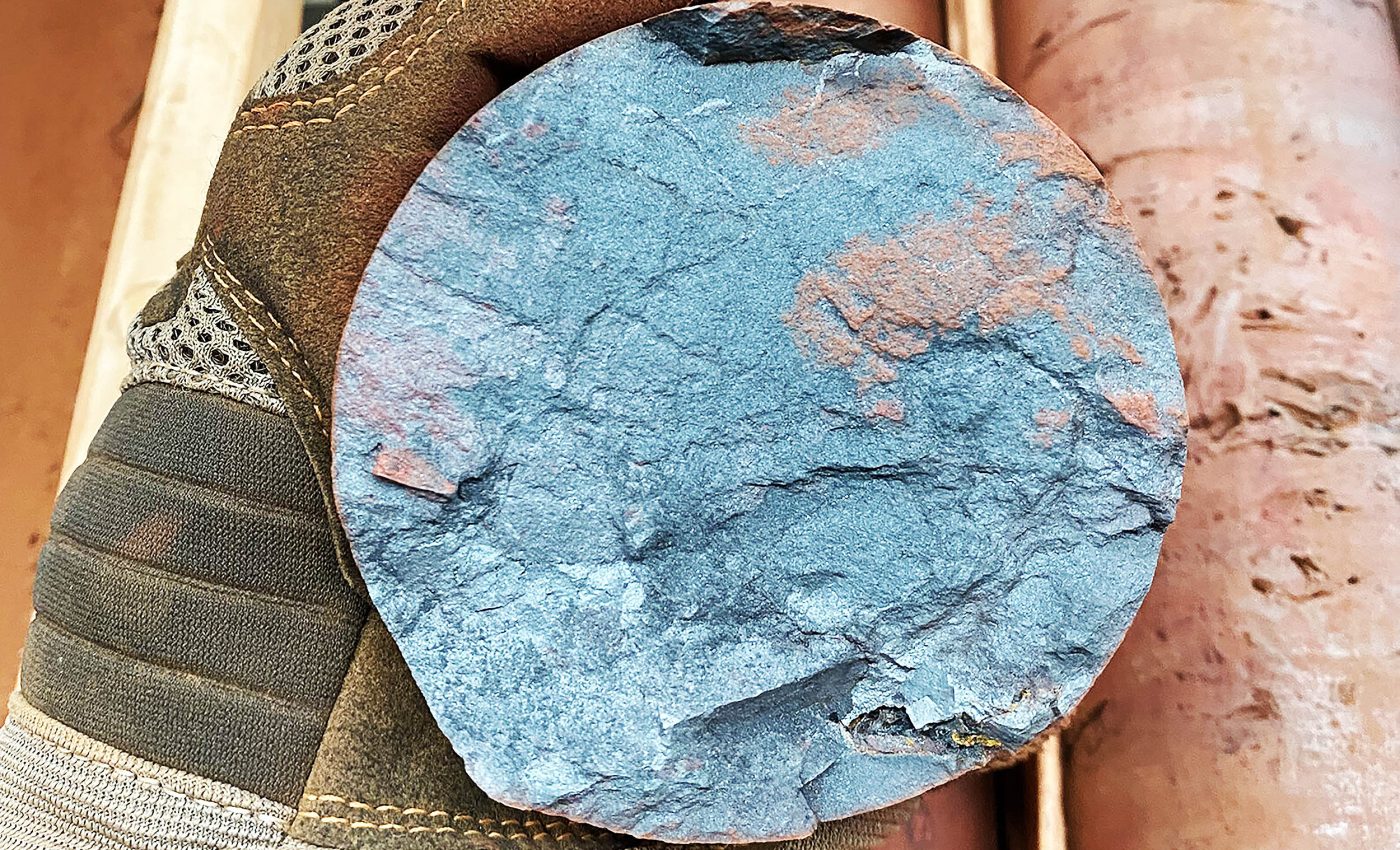
Earth's largest iron ore deposits exposed a 1.3-billion-year-old secret to geologists
Steel is the skeleton of modern life, yet the iron that makes it has a backstory far older than the first nail. For decades, geologists thought the world’s richest and largest iron ore deposits formed not long after breathable oxygen spread through Earth’s air some 2.2 billion years ago.
Fresh evidence now knocks that timing sideways, suggesting the world-class reserves in the Pilbara’s Hamersley Province of Australia are about 1.4 to 1.1 billion years younger than previously believed.
The billion-year gap isn’t a rounding error – it reshapes both scientific thinking and mining strategy.
Across the red plains east of the coastal town of Karratha, open-pit mines peel back ancient rock like pages in a weather-worn diary. Their iron feeds furnaces from Indiana to India.
Western Australia alone supplied 38 percent of global iron ore in 2023, far out-muscling every other region on the planet.
A 1.3 billion-year iron ore correction
Hematite, the lustrous mineral that drives these operations, occasionally traps a whisper of uranium inside its lattice. That radioactive speck decays into lead at a steady pace, letting scientists read the mineral’s “birth certificate.”
Using that method, Dr. Liam Courtney-Davies and colleagues from Curtin University dated crystals from every major banded iron formation in the Hamersley. Their clock pointed stubbornly to a younger era, long after the Great Oxidation Event.
“The energy from this epic geological activity likely triggered the production of billions of tons of iron-rich rock across the Pilbara,” Dr. Courtney-Davies said.
The team’s timeline ties high-grade ore to a stretch when the supercontinent Columbia had ripped apart and new continental mash-ups were brewing.
Crustal plates heaved, mountains rose, and faults opened, pumping hot, oxygen-laden fluids through pre-existing iron beds.
Those fluids stripped out silica, leaving hematite that tops 60 percent iron – twice the grade of the original sea-floor rust.
How tectonics forged treasure
Plate motion rarely draws headlines, yet its fingerprints sit on everything from fossil-fuel reservoirs to copper belts. The Hamersley story adds one more chapter: bulk commodities.
Associate Professor Martin Danišík, part of the Curtin University group, noted, “Our research indicates these deposits formed in conjunction with major tectonic events, highlighting the dynamic nature of our planet’s history and the complexity of iron ore mineralization.”
Before that remark, his team spelled out the scale of the upgrade.
“Until now, the exact timeline of these formations changing from 30 percent iron as they originally were, to more than 60 percent iron as they are today, was unclear, which has hindered our understanding of the processes that led to the formation of the world’s largest ore deposits,” Danišík continued.
Their solution – a fine-point uranium-lead probe inside single grains – sidesteps the guesswork of dating surrounding rocks.
How this helps iron ore miners
Age is more than trivia. If a deposit formed in a tectonic “sweet spot” 1.3 billion years ago, explorers can hunt elsewhere for the same recipe: ancient banded iron reworked by heat and fluid flow during that window.
In practice, that means following suture zones and fault corridors that lit up when Columbia fell apart and its successor, Rodinia, took shape.
For the industry, timing meets money. The value of Western Australia’s iron ore exports hit $136 billion in the 12 months to June 2024, with China absorbing about four-fifths of that haul.
Federal forecasters expect Australia’s iron ore earnings to fall to about $107 billion in 2024–25 as prices retreat. Efficiency matters when margins tighten, so guidance on where to drill next carries real weight.
Fluid highways in ancient rock
To grasp why fluids matter, picture an interstate highway system beneath solid rock – not a puddle here or there, but branching paths that cut through thousands of feet of crust.
When supercontinents crunch or tear, pressure and heat send chemically rich water racing along those paths.

In the Pilbara, such pulses ferried extra oxygen, converting magnetite and siderite into hematite far purer than the original mix.
Those same highways are visible in other cratons, from Brazil’s Quadrilátero Ferrífero to India’s Singhbhum region, hinting that younger ages could emerge elsewhere once geochronologists put them under the microscope.
Economic iron ore ripples
Global steel demand, already recovering after pandemic doldrums, is forecast to edge up 1.2 percent to about 1.815 billion metric tons in 2025.
Meeting that appetite without ballooning emissions pushes producers toward higher-grade feedstock; richer ore needs less coke per ton of metal. Western Australia’s stash, upgraded by billion-year-old fluids, stands out in that carbon calculus.
Green-steel projects now pepper feasibility studies on three continents. Australia believes converting its ore into hydrogen-reduced “green iron” before shipping could more than double export value – potentially topping $250 billion a year.
While those numbers rely on policy shifts and infrastructure build-outs, the geologic backstory underpins the commercial lure: ore that almost smelts itself.
The detective work never ends
“By using an emerging technique to date iron oxide minerals through uranium and lead isotope analysis within the mineral grains, we directly dated all the major giant BIF-hosted iron ore deposits in the Hamersley Province.”
That line from the research team reads like a footnote, yet it signals a methodological leap. Asking the rocks directly, rather than their neighbors, can overturn decades of assumption in a single lab session.
“The discovery of a link between these giant iron ore deposits and changes in supercontinent cycles enhances our understanding of ancient geological processes and improves our ability to predict where we should explore in the future.”
With that, Dr. Courtney-Davies closes the loop between academic insight and drill-bit decisions. The story of iron is still being written, one crystal at a time.
The full study was published in the journal Proceedings of the National Academy of Sciences.
—–
Like what you read? Subscribe to our newsletter for engaging articles, exclusive content, and the latest updates.
Check us out on EarthSnap, a free app brought to you by Eric Ralls and Earth.com.
—–













